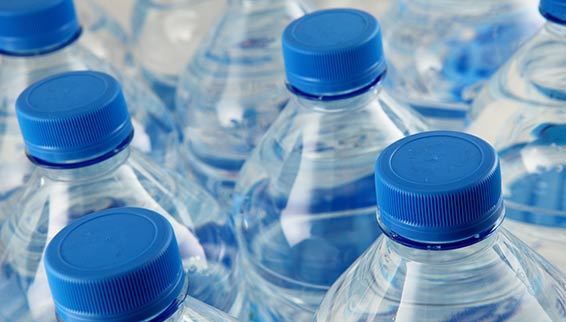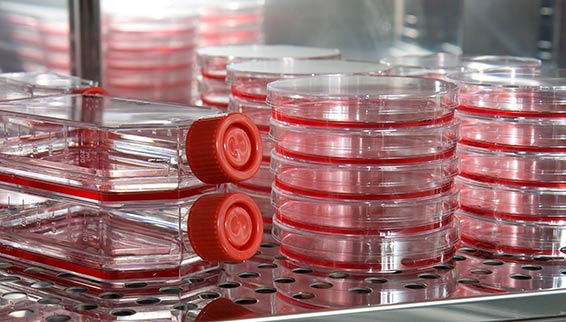Bisphenol A
Bisphenol A (BPA) has been on the market since the 60s. It is used in a wide range of consumer products such as plastic bottles and receipts. Due to its hazardous properties, BPA has already been restricted in several products in the EU.

BPA can be found in many common consumer goods, such as re-usable tableware and plastic bottles, sports equipment, CDs, and DVDs. Epoxy resins containing BPA are used to coat the inside of water pipes and the inside of cans for food and drink to increase their shelf-life and avoid getting a metallic taste on the food or drink. BPA is also used for example as a dye developer in thermal paper to help make the ink appear. It can be found in sales receipts from shops and public transport and parking tickets.
Why and how is BPA being controlled
Bisphenol A is classified in the EU as a substance that has toxic effects on our ability to reproduce. Anyone manufacturing, importing, or supplying it must classify and label products containing BPA as toxic for reproduction by 1 March 2018. This allows companies to be better informed about the potential hazardous effects and how workers can be protected.
BPA is on the Candidate List of substances for authorisation under the REACH Regulation because it is toxic to reproduction and due to its endocrine disrupting properties. As for all substances placed on the Candidate List, consumers have the right to ask the supplier of any product whether it contains BPA in a concentration above 0.1%. If it is the case, the supplier needs to provide this information within 45 days of the request, as well as sufficient information to allow the safe use of the product by the consumers.
To avoid the replacement of BPA by other substances that may cause similar problems, authorities are assessing the properties and uses of similar substances such as Bisphenol S (BPS), and could decide to control those as well in the future.
Restricted in thermal paper
BPA is restricted in the EU in thermal paper since 2016. The ban takes effect in 2020, giving companies time to phase it out and find a safer alternative. As a result, paper manufacturers will need to replace BPA with other dye developers. The restriction of BPA in thermal paper is expected to bring many benefits for workers dealing with products that contain thermal paper in their daily work, such as shop keepers and ticket sellers. Restricted in materials that come into contact with food
BPA has been banned from infant feeding bottles across the EU since 1 June 2011. In the EU, BPA can be used in materials that are in contact with food, but there is a maximum amount that is allowed to leach out of the material. In addition, some Member States have imposed further restrictions on products containing BPA. In Belgium, Sweden and Denmark, it is also banned in other materials that come into contact with food intended for infants and children under three years. France has banned BPA in all food packaging, containers and utensils.
Limit in Toys
Currently in the EU, there is a limit on the amount of BPA that is allowed to leach out of toys for children up to the age of three and in any toys that are intended to be placed in a child’s mouth. This limit is set to ensure that toys are safe and do not expose children to unsafe levels.
Read more
Previous Next Layout
Read Also
-
 Products
ProductsChemicals in plastic products
Plastic makes our lives easier in many ways, but some plastic products contain chemicals that can harm our health – such as bisphenol A or some phthalates.
READ MORE -
 Health
HealthEndocrine disruptors and our health
Endocrine disruptors may be causing serious health effects such as infertility, cancer and development disorders for example birth defects. But where are they used and what is being done to protect us?
READ MORE
